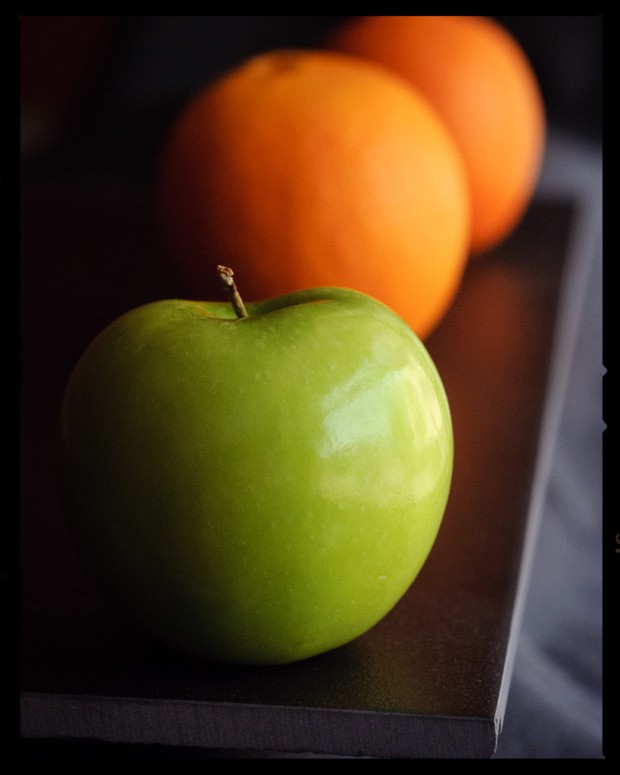Photographs often are commodities…
As a former management consultant, I participated in countless competitive bids over the course of 25 years. The norm in our business was to submit a proposal in response to a detailed RFP (request for proposals) that set out the client’s requirements, timing and expected deliverables. These projects spanned many months and often were at the core of company strategy, so there was a lot of attention paid to every detail.
With photography the stakes are much smaller in most cases, so the process is less formal and requirements identified in an RFP (when there is one) are often not expressed in detail. Treating photography as a commodity, the cheapest price often wins.
The commoditization of image making is hardly a problem. The volume of information inundating consumers today is so large that standout images are quickly buried together with the also-rans. Photographers and artists see the difference, but most consumers only distinguish between a good image and an outstanding image when they can see them side-by-side. For routine PR photos, documentation of events, images to illustrate blog entries and such, “good enough” is probably good enough and “outstanding” probably isn’t worth the cost.
Keep in mind, though, that the lowest bid offers the least work and technical expertise. Really. OK, sometimes a good photographer with an artistic eye and little business experience will mis-price a job, but generally, you will get what you pay for.
For clients that hire photographers regularly this is not a concern. Many have already defined their visual brand identity and have seen what they are looking for in our portfolio before inviting one of us to submit a proposal. For those that hire photographers only occasionally, the problem lies in applying the commodity mindset to bespoke assignments.
…unless they’re not
When image quality is critical or advertising layouts need to be considered or complex logistics are involved, making a decision based on price – without a clear understanding of the work required to produce the desired images – will lead to disappointment and money wasted. You have to be sure that you are comparing proposals that meet the necessary scope; you need to be comparing apples with apples, not oranges.
In an example that weighs heavily on me, I lost a bid to photograph two brand new 747 freighters for an air cargo company as they routed the aircraft through Hong Kong on their maiden flight. This was a rare opportunity. The carrier’s normal schedule doesn’t bring these planes together in Hong Kong and the client wanted to take advantage of the opportunity to showcase their ramp operations with the new freighters.
I was told that the winning bid was less than half the cost of my proposal. Ouch! It was also less than half the scope: no supplementary lighting, no assistant, no pre-shoot scouting and planning. In effect, they had hired an event photographer to document proceedings. The problem is they asked for promotional images for the corporate library. Producing this kind of marketable, professional imagery requires the use of off-camera lighting and, for safety in an active working zone, a lighting assistant.
It’s no surprise that the shoot wasn’t successful and this rare photo opportunity was wasted. For months I watched the client’s website; I was dying to see the results – and secretly dreading that they would be great, or even just good enough. Was I wrong about the technical requirements to make these images? Was there someone that good out in the market that was going to force me to rework all of my budgets? Eventually, I couldn’t stand not knowing and called a friend who works for the carrier… and learned that none of the photos from the shoot were usable.
I was relieved, I admit it, but I’m also troubled that this opportunity was missed and money was wasted.
We need to be more
As professionals, we have an obligation to deliver images that meet client objectives and to make sure our clients understand what is required to produce these images. In this case the client’s lack of detailed requirements, and lack of understanding that commodity photography would not achieve their objectives, led them to consider a proposal that could not meet their needs. They got what they paid for – a photographer documented the presence of the aircraft in Hong Kong – but not what they needed.
Proposing a minimal scope, to keep the price low, does a disservice to the client and the profession. Our job is more than taking pictures. It is more than lighting and composition. It is more than sharp focus, shutter speeds and apertures. It is even more than telling visual stories. We need to take the time to understand what our client’s want to achieve when they ask us to make photographs. Then, building on this understanding, we need to apply our knowledge of lighting, composition, focus, story-telling and marketing, to help our clients achieve their goals.
Sometimes the client just wants to document an event and knocking out well-composed images in rapid-fire fashion is both good enough and just what they need. At other times they need much more and it is our job to set aside the fear of rejection and set out a plan and a budget that gets the job done, even if that budget is, “too expensive.” Anything less sells our clients and our industry short.

